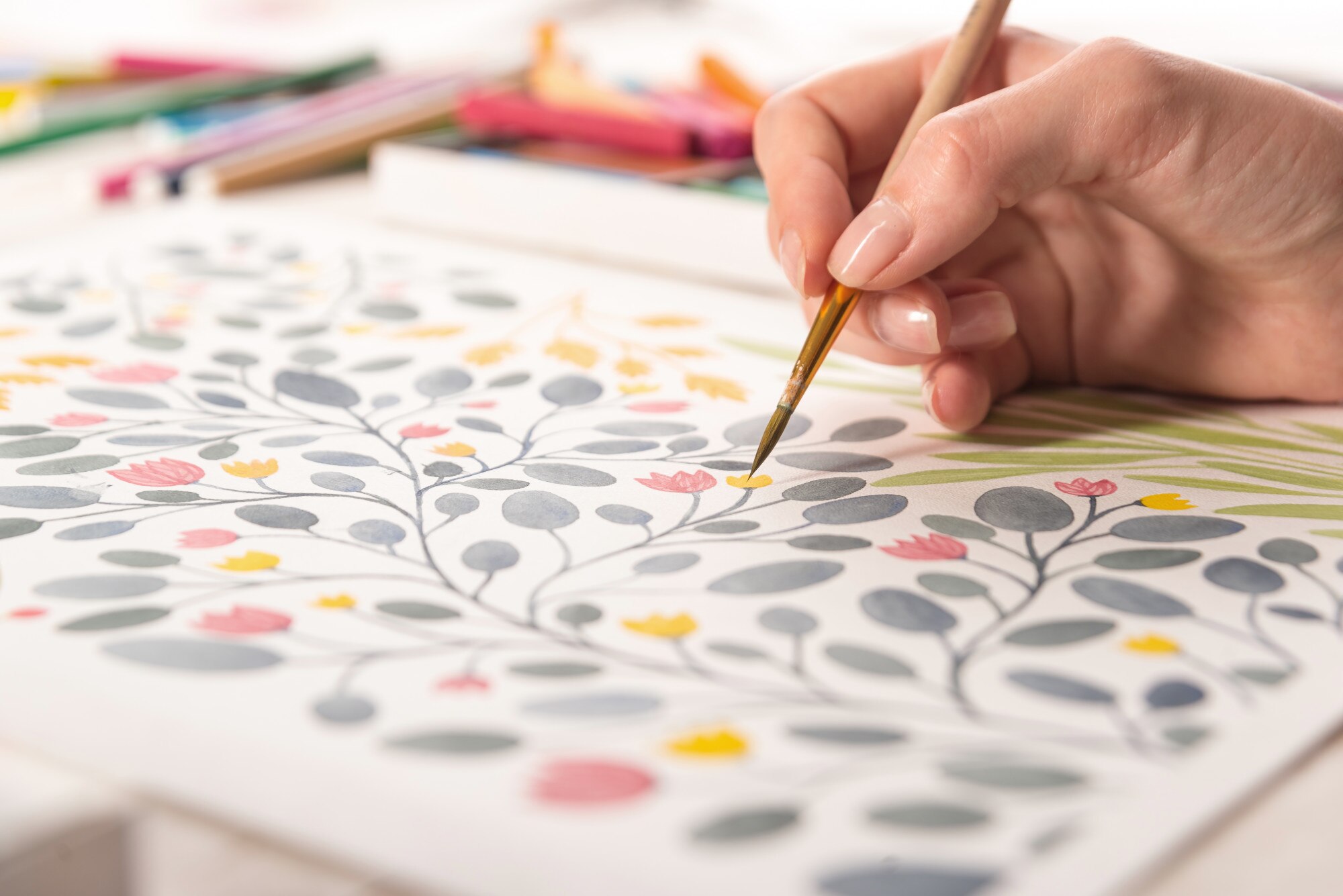Art and law have long been intertwined, with copyright being a key aspect that safeguards artists and their creations. Art has existed in some form since prehistoric times, and has evolved significantly since.Each era has introduced new forms, media, and styles, enriching our understanding of what “art” can be. Legal frameworks have also emerged alongside this evolution to protect the artistic process. This article delves into the relationship between copyright and contemporary art, highlighting their definitions and relevance in today’s world.
The Link between Copyright and Modern Art
The interplay of copyright with modern art can be complex. Questions of ownership and originality can arise, since contemporary art often appropriates or references older works. For example, an artist could take elements from another work and incorporate them in one of his own works, thereby raising copyright questions.
Copyright is regarded as a legal protection for creative works, granting the artist control over how their work is used. It restricts others from using, copying, selling, or distributing a work without permission. It covers a wide spectrum of art forms including literature, film, drama, music, painting, and photography, among others. Copyright affirms the right to be acknowledged for one’s efforts and prevents alterations that could tarnish the artist’s or the work’s reputation.
Where the law grants exclusive rights over their work to the original inventor, the interdependent nature of contemporary art ensures that such rights often go unfulfilled. Since artists draw inspiration from previous creations, unclear authorisation can render even a small use of another’s creative production a potential copyright violation. During these instances, copyright laws play a protective role for the original artist, ensuring that no one other than the originator has the right to reuse the work.
Copyright laws require artists to register their work in order to effectively establish and enforce their rights. Registration enables them to take legal action if their work is used without permission. However, there are exceptions to copyright law, such as fair dealing, which allows portions of copyrighted material to be reproduced without prior permission for specific purposes, such as criticism or review.
Creative Commons Licenses and Fair Use
These days most artists prefer to license their work under the Creative Commons where they can regulate how others use it. In this regard, such licenses empower the author to make and share the work while retaining control over its usage. For example, they can simply allow persons to use the work in a manner that provides the creator with proper credit or even more stringent requirements.
Fair use is also called fair dealing. It is a legal doctrine used for copyright that allows for the limited use of copyrighted works without permission from the creator. The use is usually educational, research-oriented, or critical. Therefore, under certain circumstances, some contemporary artworks are allowed to be cited or copied to meet the requirements of fair use.
Idea and Expression Dichotomy
An expression is tangible, while an idea is not, and there is extensive debate surrounding these two concepts. While it is possible for many people to have the same idea, the recognised owner is the individual who first expresses the idea through any medium. While the manner of expression can be copyrighted, the underlying ideas cannot, which may limit individual creativity. A fundamental principle of copyright law is to differentiate between an idea and its expression. Although an idea itself cannot be copyrighted, its expression can be. This distinction is particularly significant in contemporary art, where ideas and concepts often serve as the foundation for most artistic endeavours.
For example, a painter may draw inspiration to create an artwork about freedom. Just because freedom itself is not copyrightable does not mean that the artist’s actual expression of what the term means to them—whether through painting, sculpting, or performance—is not copyrightable. This ensures that no one can steal the artist’s unique way of expressing their concept, even though the idea itself remains open for public exploration.
These expressions through art also challenge the copyright law since such forms change with new media.
Laws often lag behind, especially in the decision-making process regarding what constitutes copyright infringement. One test utilised by the courts is the “Audience Test,” which determines whether an ordinary member of the audience perceives substantial similarities between two works. Tests like the “Sweat of the Brow Test” focus more on the efforts that detract from the quality of original creative work. Copyright tests, on the other hand, are based on “originality” or “substantial similarity,” which can be applied arbitrarily, resulting in inconsistent judgments. These tests also struggle to adapt to new technologies and dynamically generated content, making them less effective today. This raises concerns, especially with technologies like 3D printing, where artwork can be easily replicated. Although laws exist to protect artists, contemporary art often builds on existing styles, making it difficult to pinpoint where one artist’s rights end and another’s begin.
Copyright protection is granted based on originality, meaning an artist’s work must show a unique idea and a minimum level of creativity, the work must go beyond just skill and labour; it should have enough creativity to qualify for copyright protection, even if it is inspired by other artists. For example, while borrowing ideas is quite common in art, a work needs to be original in the form it takes and meet a certain degree of creativity standards for copyright law protection.
Conclusion
The relationship between copyright and contemporary art is intricate and arises from the need to protect both creativity and inspiration. Modern art often replicates or transforms existing works; thus, copyright regulations must safeguard the interests of authors while allowing for creative use of their work. Direct copyright provides significant protections for the arts; however, these protections must evolve alongside current and emerging developments in the art world, to ensure the appropriate levels of perfection and originality in a highly creative and interconnected environment.

Leave a Reply